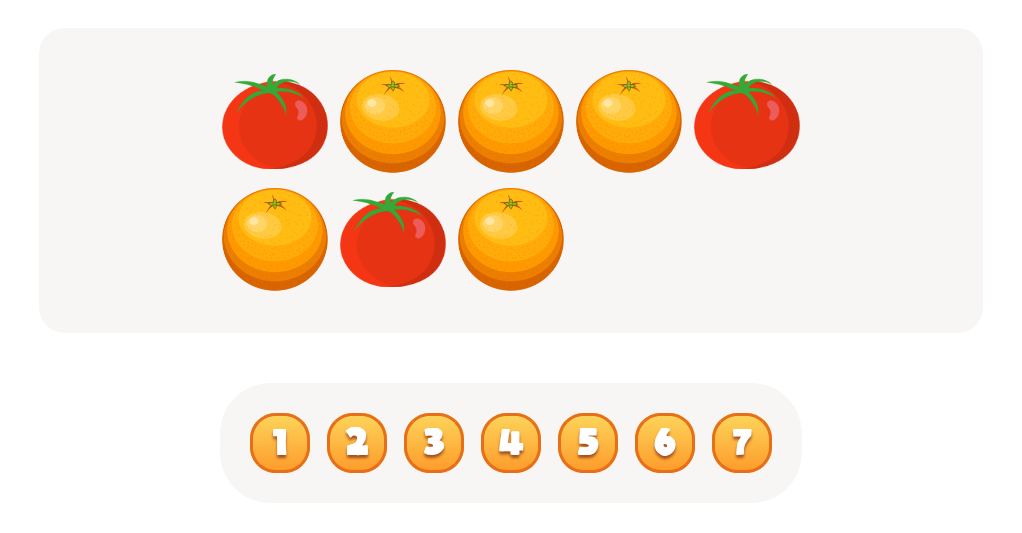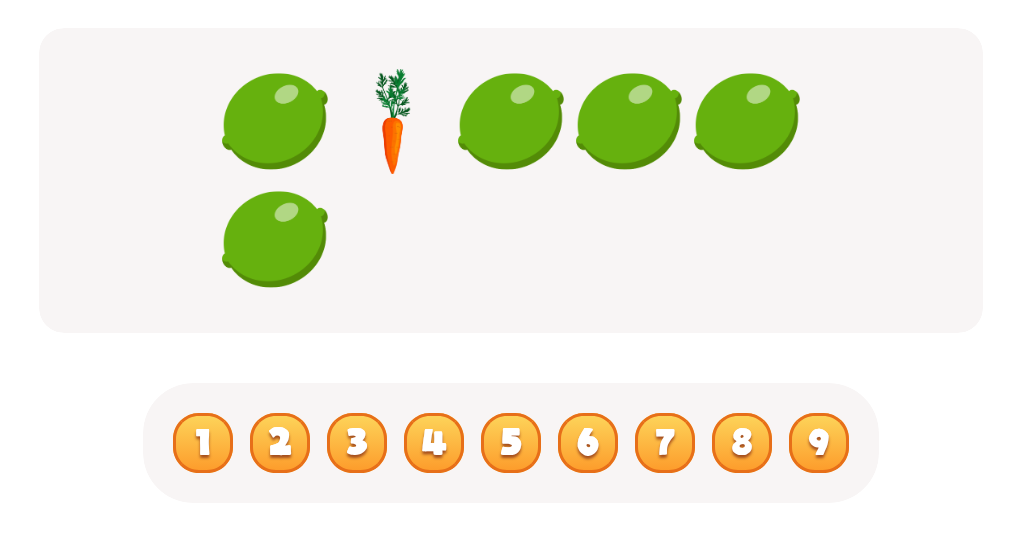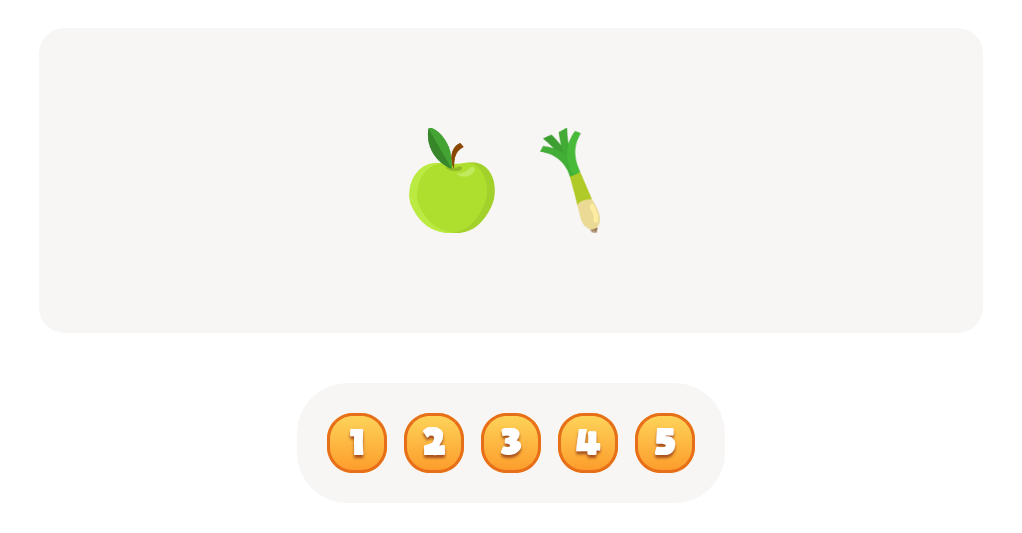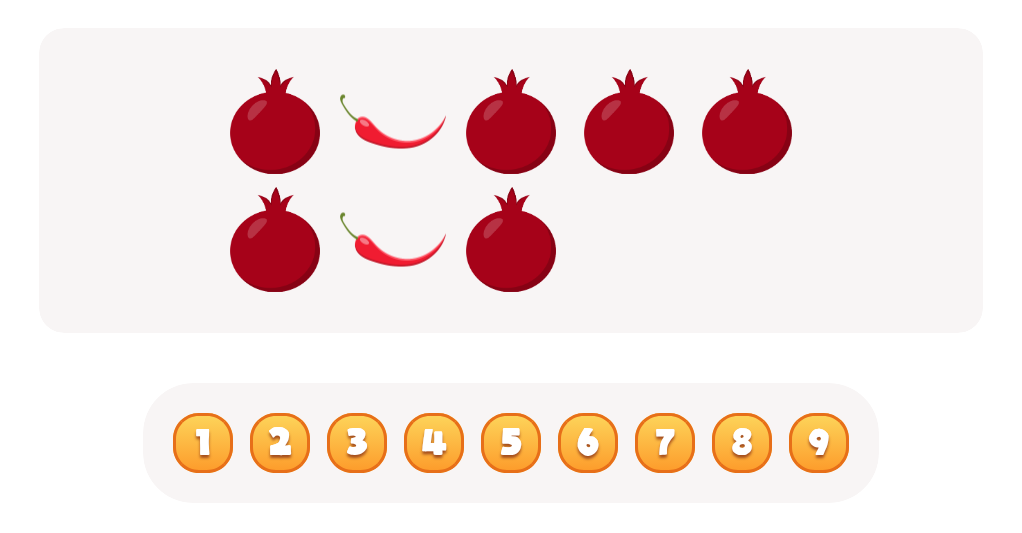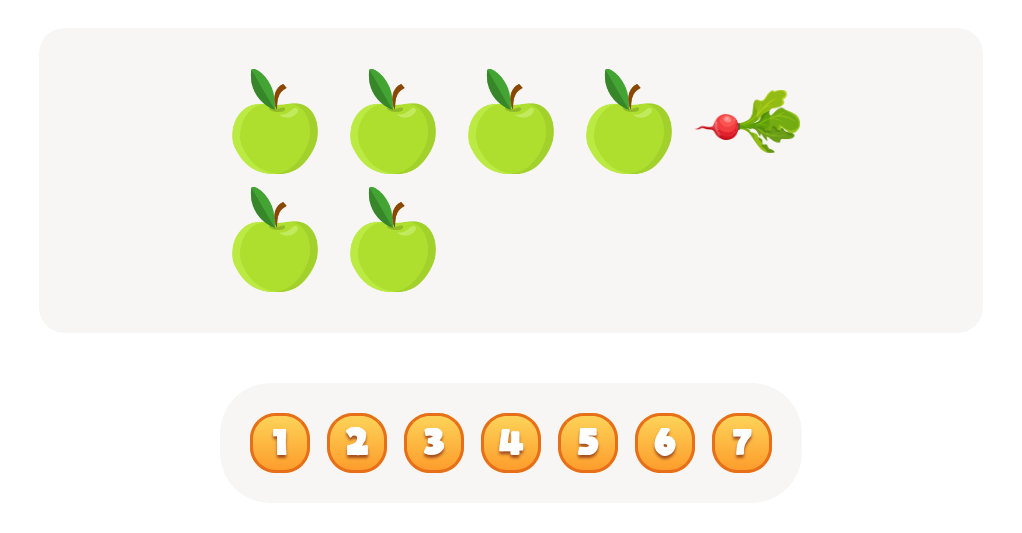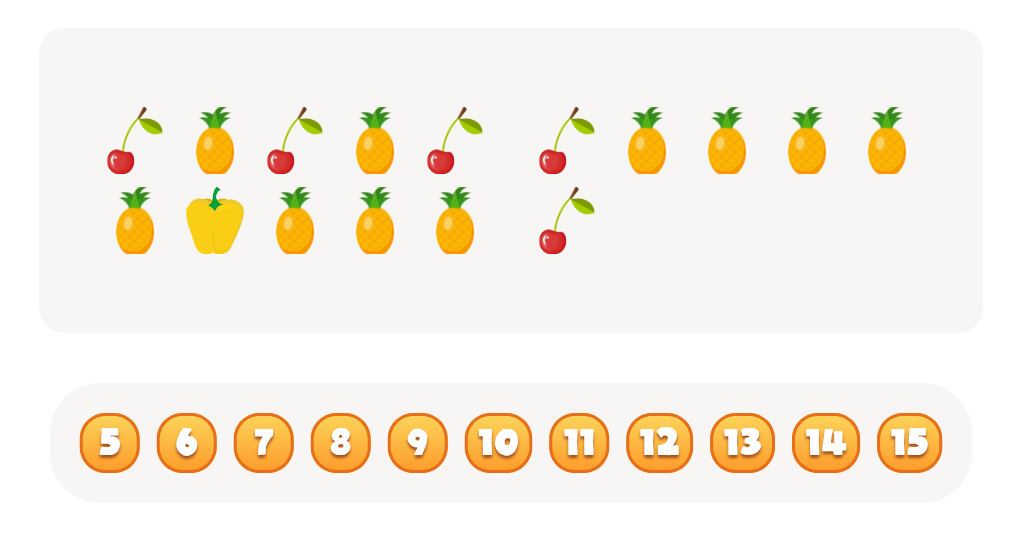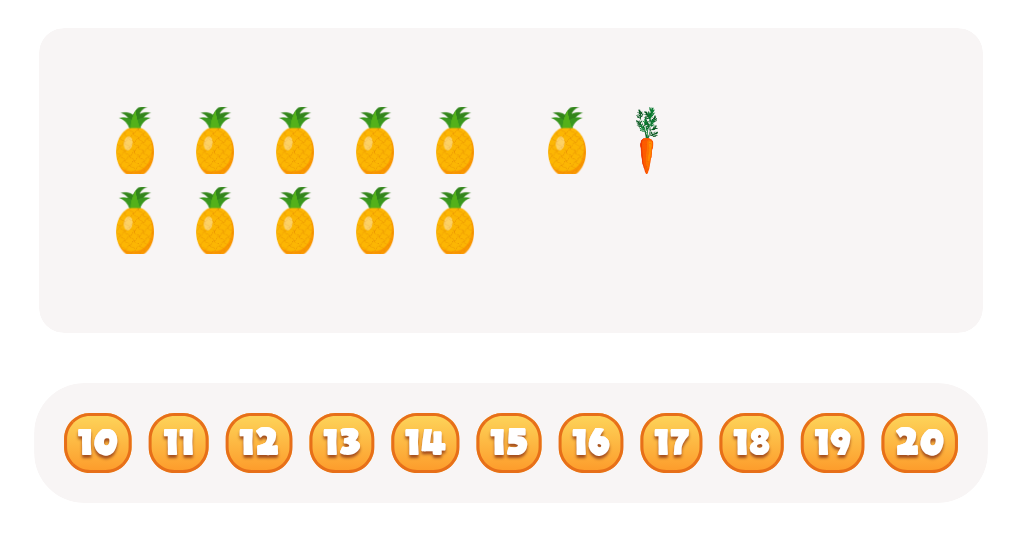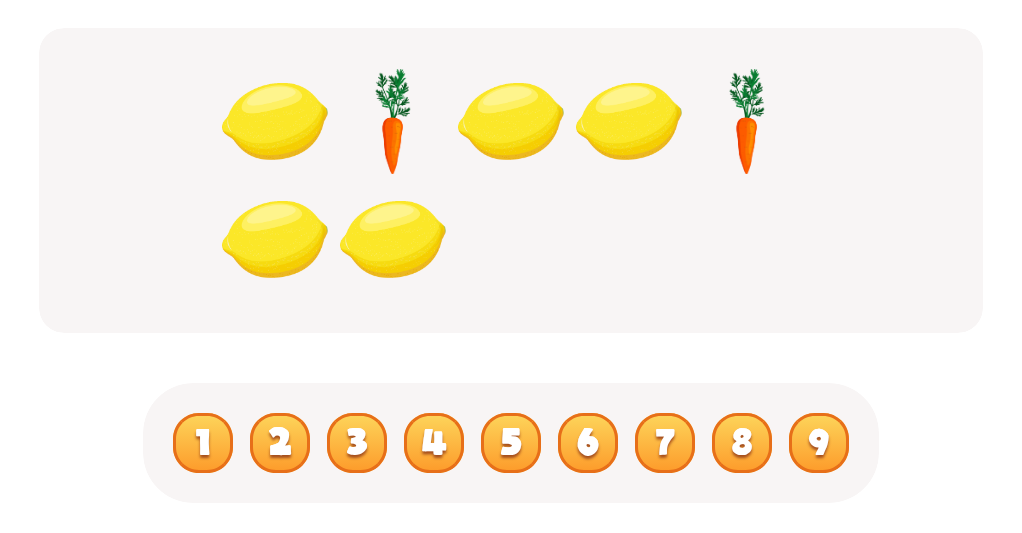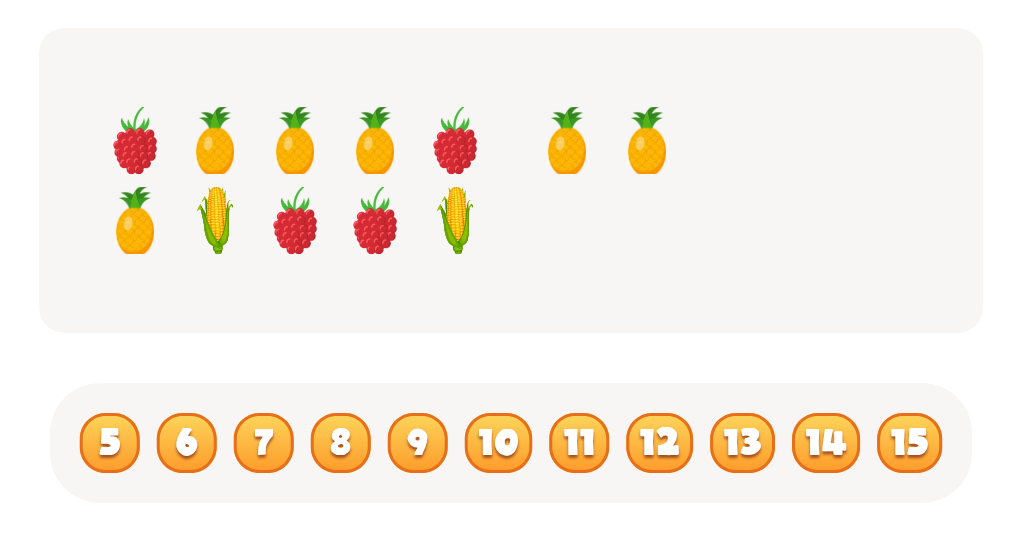Counting skills Normal Plants and Animals Worksheets for Ages 3-9
6 filtered results
-
From - To
Discover our engaging Counting Skills worksheets focused on plants and animals, designed specifically for children aged 3 to 9. These worksheets combine essential counting practice with fascinating insights into the natural world, making learning both enjoyable and informative. Children will explore various themes, from counting leaves and flowers to recognizing animal shapes and sizes. Our resources are crafted to enhance number recognition, improve fine motor skills, and encourage a love for nature. Perfect for homeschooling or classroom use, these worksheets provide a fun, interactive way to develop early math skills while nurturing children's curiosity about the environment. Get started today!
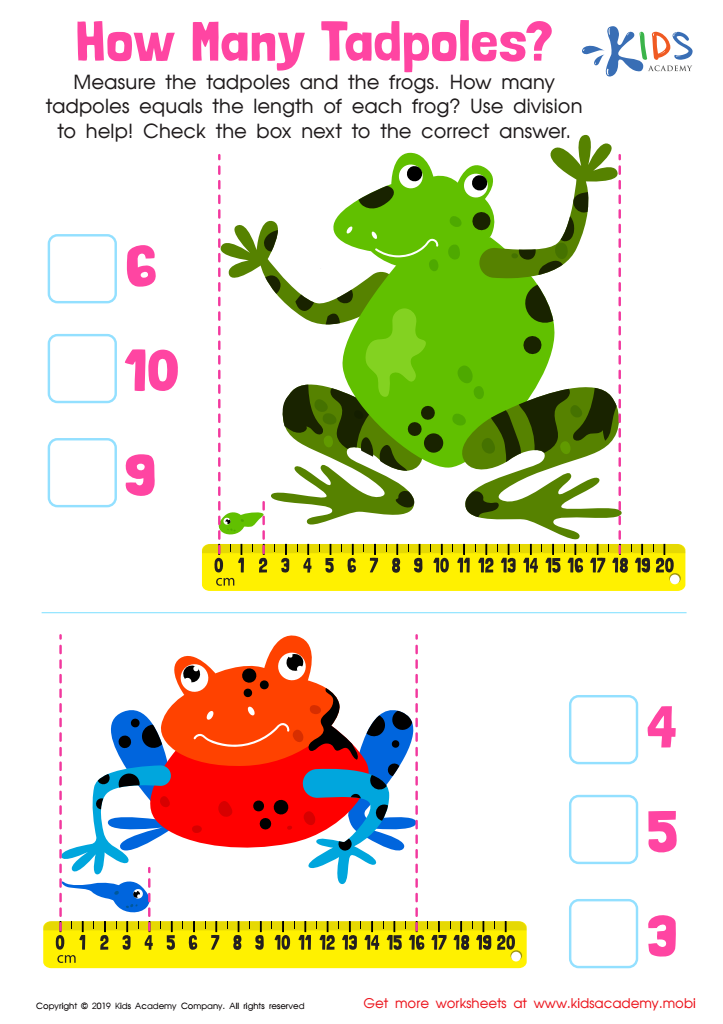

How Many Tadpoles Worksheet


African Wildlife: Giraffe Worksheet
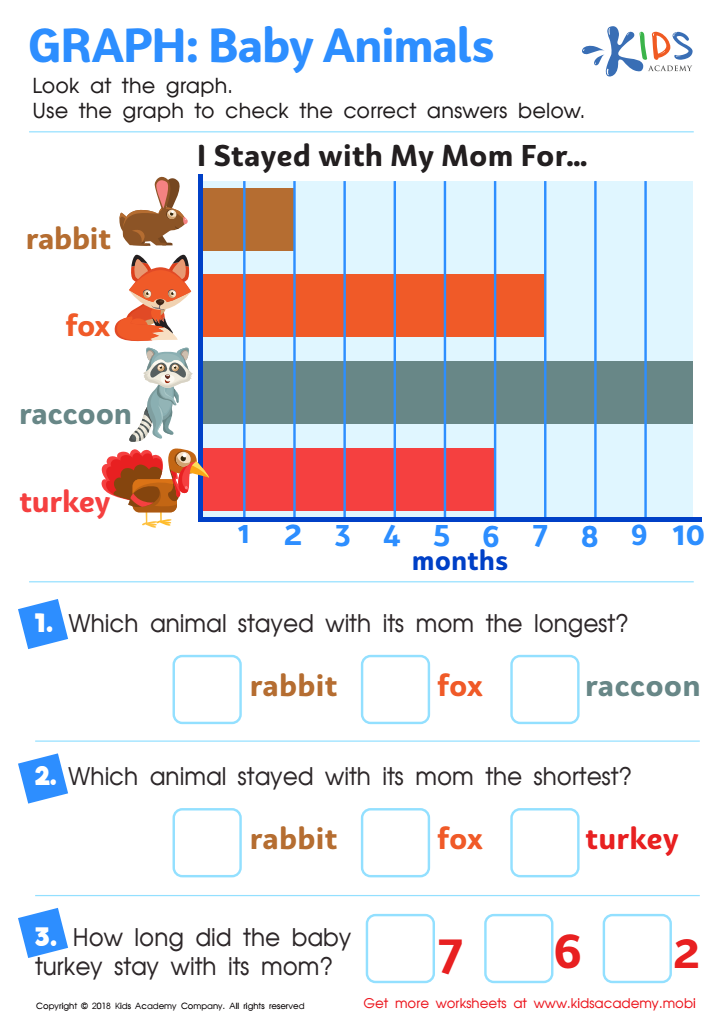

Graph: Baby Animals Worksheet
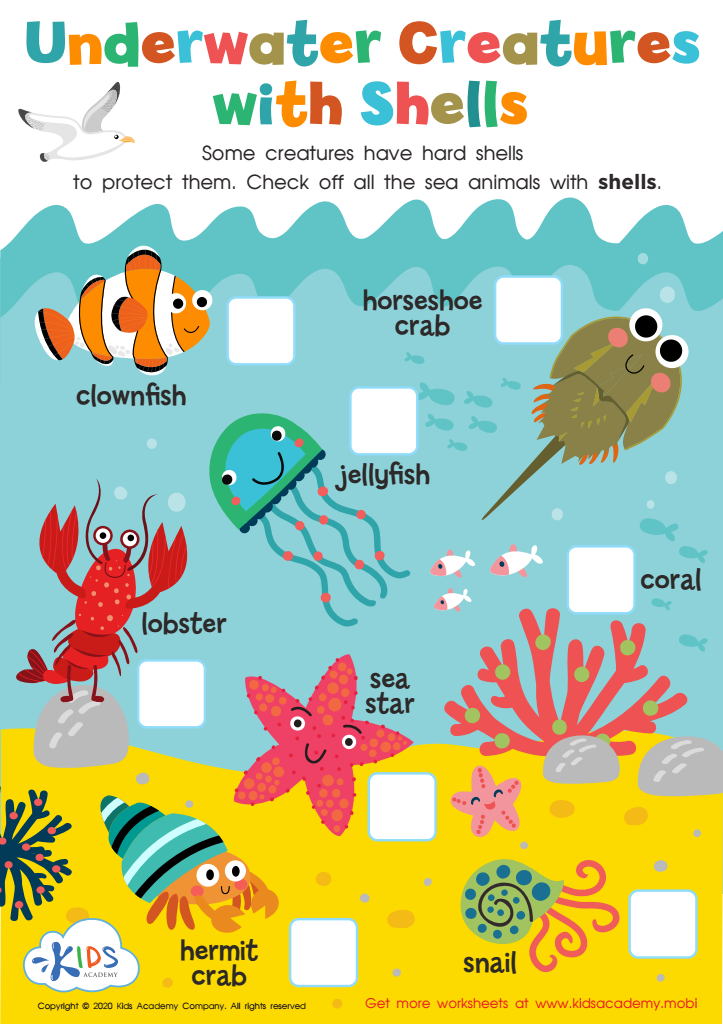

Underwater Creatures with Shells Worksheet
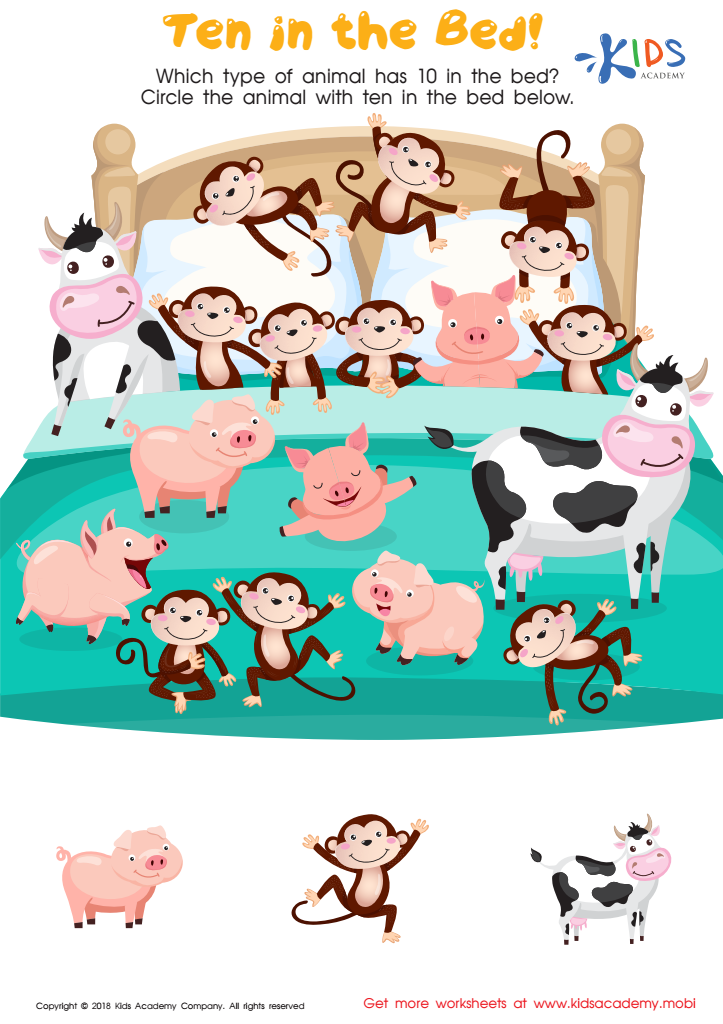

Ten in the Bed Worksheet


Find 5 Worksheet
Parenting and teaching play a vital role in the early development of counting skills in children aged 3-9. These skills are foundational for mathematical understanding and are often best taught through engaging themes, such as normal plants and animals. Introducing counting in the context of living things helps children make connections with the world around them. For instance, counting leaves, petals, or animals in a picture stimulates curiosity and reinforces environmental awareness.
Promoting counting skills enhances cognitive development, encouraging critical thinking and problem-solving. It also aids in language acquisition as children learn to associate quantities with numbers and vocabulary related to nature. This method of teaching promotes hands-on learning, which is essential for children in this age group who thrive on interaction and exploration.
Moreover, parents and teachers who foster counting in the context of plants and animals can instill a sense of responsibility and appreciation for nature, fostering stewardship from a young age. As these skills grow, they prepare children for future academic success in subjects like mathematics and science, ensuring they have the confidence to tackle more complex concepts as they progress in their education. Ultimately, engaging children in counting activities related to their environment is not only educational but also enriching and enjoyable.
 Assign to My Students
Assign to My Students

